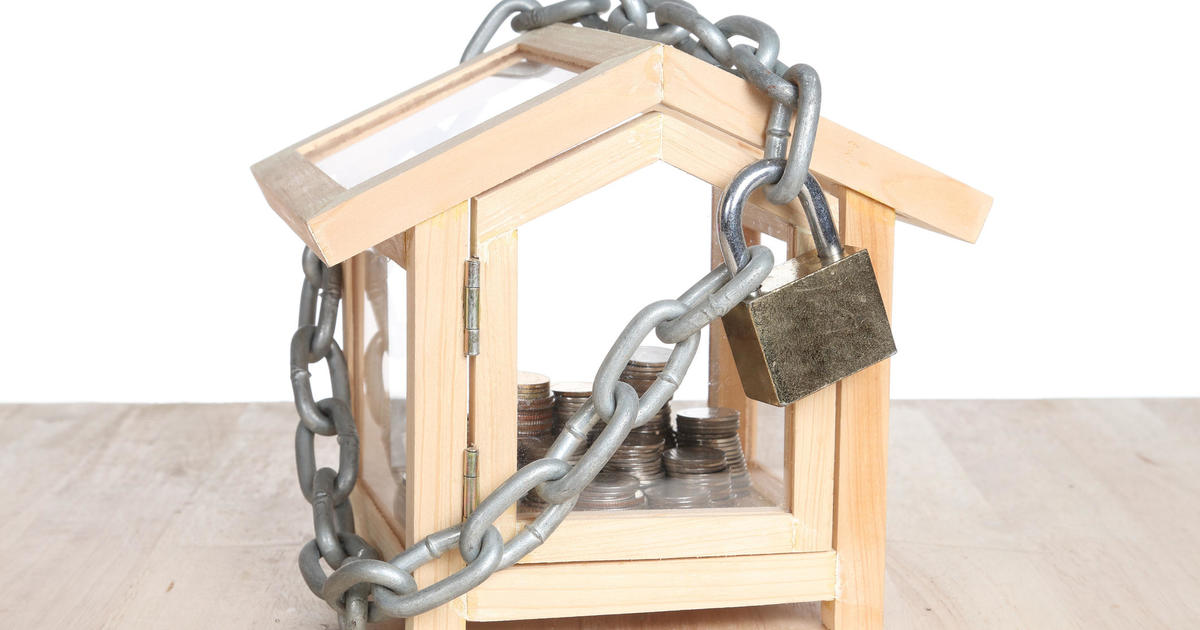A tax deadline looms for retirees with IRAs
If you have an IRA and were age 70 or older before July 2016, you have only a few days left to take an important action: You must begin to take the so-called required minimum distributions (RMDs) from it no later than April 1.
The problem is that April 1 falls on a Saturday this year. Unlike the deadline for filing your tax returns, which is extended to April 18 (because April 15 also falls on a Saturday in 2017), the RMD’s April 1 deadline isn’t extended. So this year you’ll need to take your IRA distribution by Friday March 31.
Some advisers recommend that you sell shares of stocks, bonds or mutual funds now because it’ll take a few days for the proceeds from a sale to be available as cash that you’ll need to make the distribution from your IRA. This advice seems to imply (and most people believe) that RMDs must be made only in cash. Buts that’s not the case.
You can actually take any distribution, not just an RMD, from your IRA in either cash or “in kind.” This means you can distribute the actual shares of stock or mutual funds from an IRA and use it to satisfy your RMD.
The advantages of using an in-kind distribution of shares of investments is that doing so allows you to keep the amount of the distribution fully invested. If the shares of a specific stock are down, or you believe the stock is undervalued, you might want to hold onto the shares and distribute them, instead of selling them to take a cash withdrawal.
Of course, the market value of the shares on the date they were distributed from the IRA would be taxed as ordinary income (same for cash distributions). But any gain on the shares after the date of the distribution would be taxed at the capital gains rate.
Another advantage of taking an in-kind distribution from an IRA is that you don’t have to sell the position in your IRA and then use the distributed cash to buy it back in another account. Avoiding these round-trip transactions will save the cost of a commission that would have been charged for each trade.
In the case of shares of a mutual fund that charges a front-end load or a redemption fee, you’ll avoid those charges as well when you take an in-kind distribution. Finally, if the mutual fund you own is closed to new investors, you may want to distribute the shares in-kind instead of selling them in the IRA to raise cash for the RMD.
The downside of taking IRA distributions in-kind is that if the position involved typically experiences significant price swings, you’ll have to distribute a few extra shares to ensure that the value of the shares at the time of the distribution was sufficient to meet the RMD amount. Failure to distribute the RMD by the deadline can result in a harsh 50 percent excise tax on the amount of the distribution that’s late or insufficient.
Finally, a special rule allows people who continue to work to put off distributions from their employer-sponsored retirement plans.
If you’re still working (even part-time), have a balance in a plan such as a 401(k) or 403(b) and aren’t an owner of the business that maintains the plan (a “5 percent owner”), you can wait to start withdrawals from that plan until the later of April 1 following the year in which you reach age 70-1/2 or the year you retire. This special rule doesn’t apply to an IRA.





